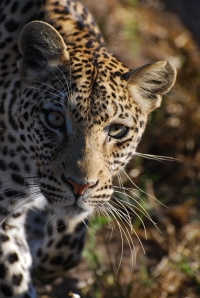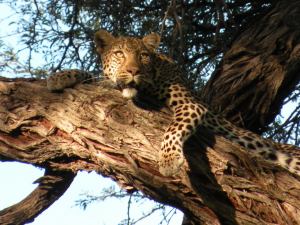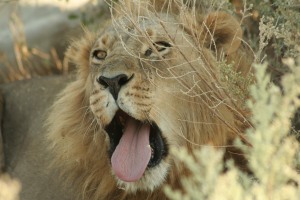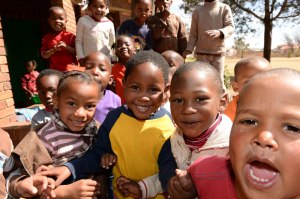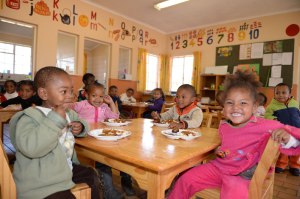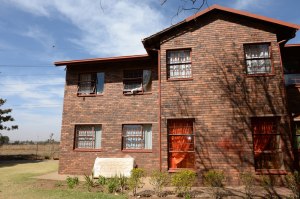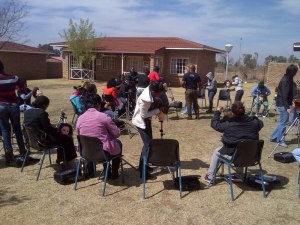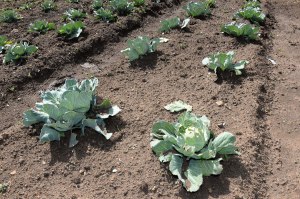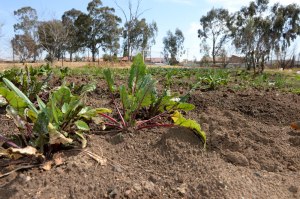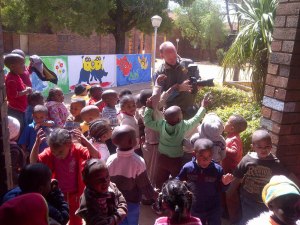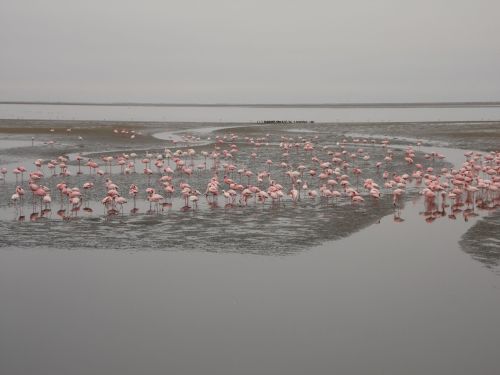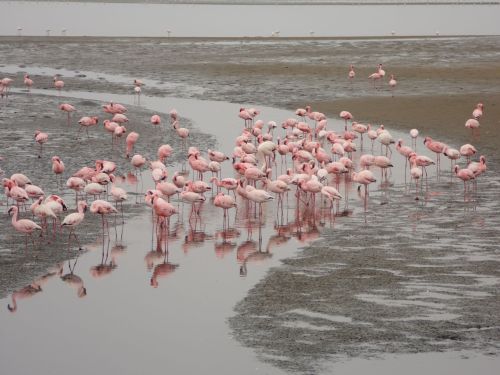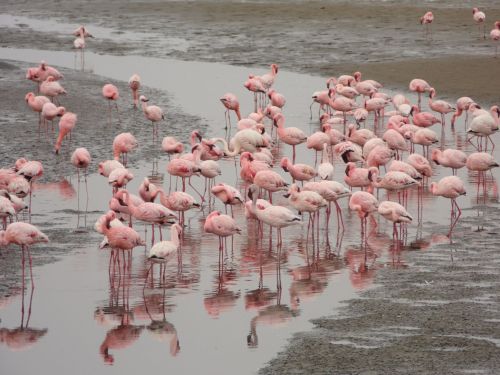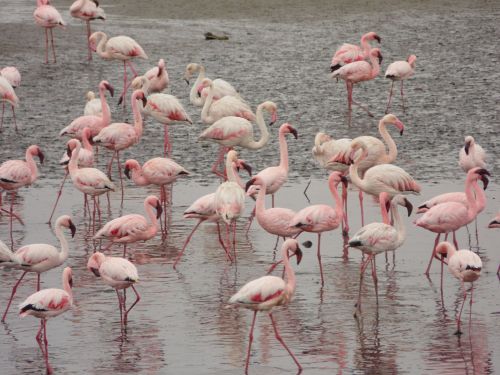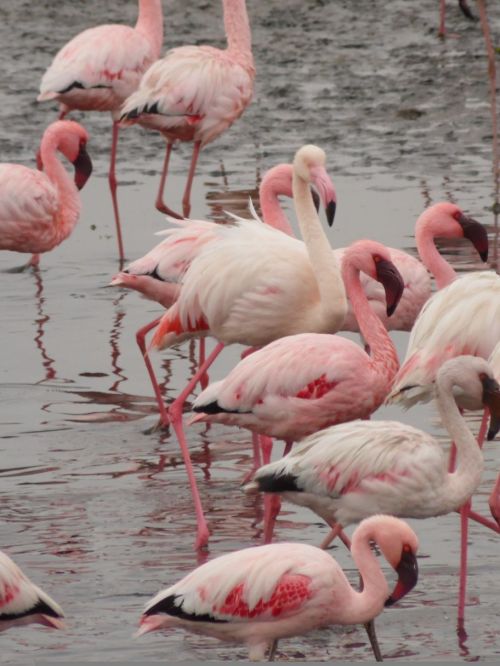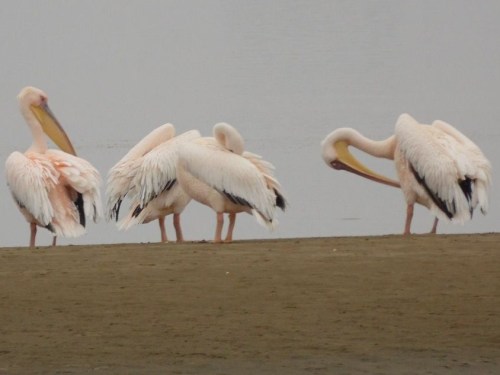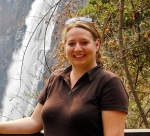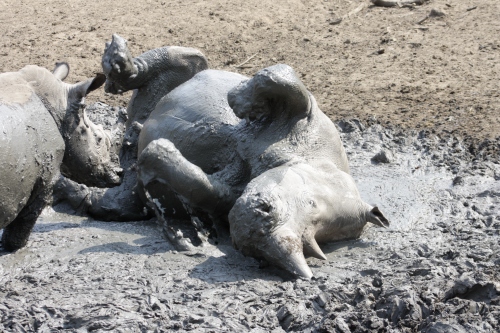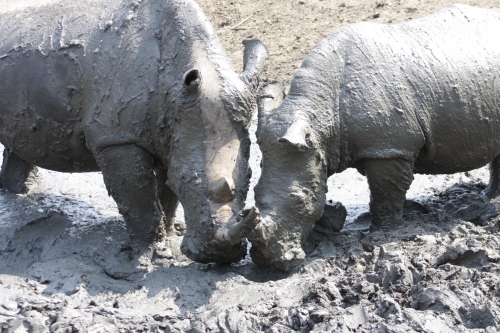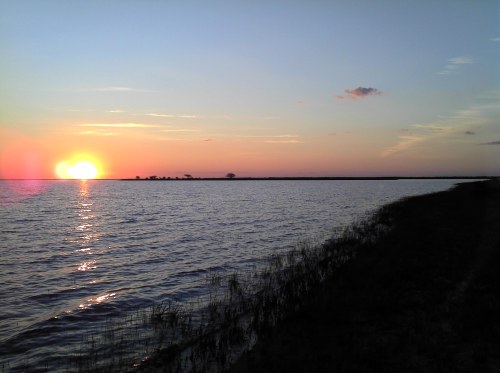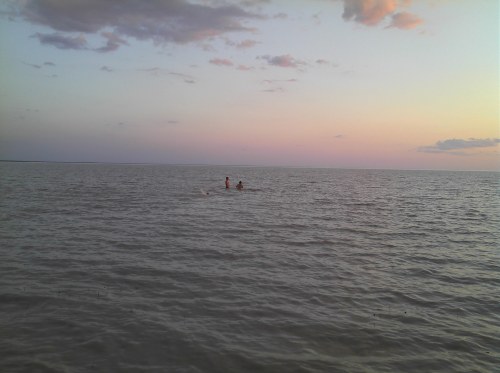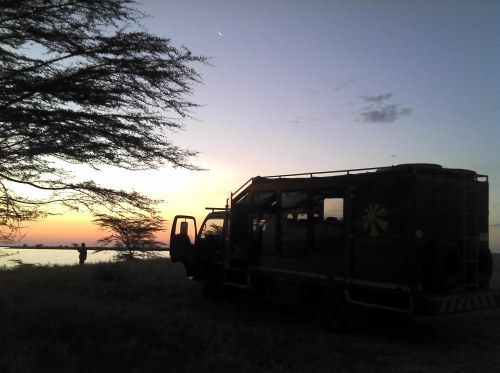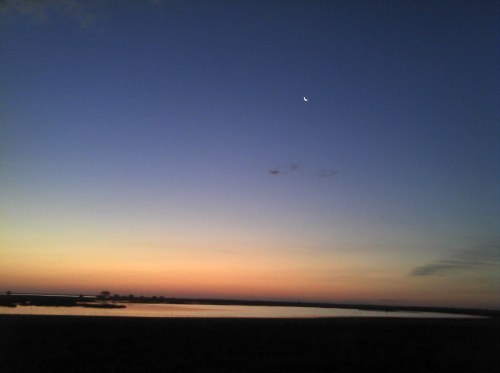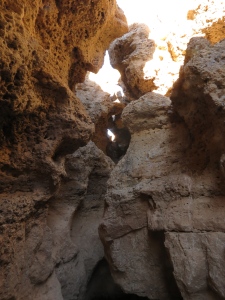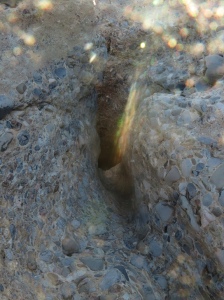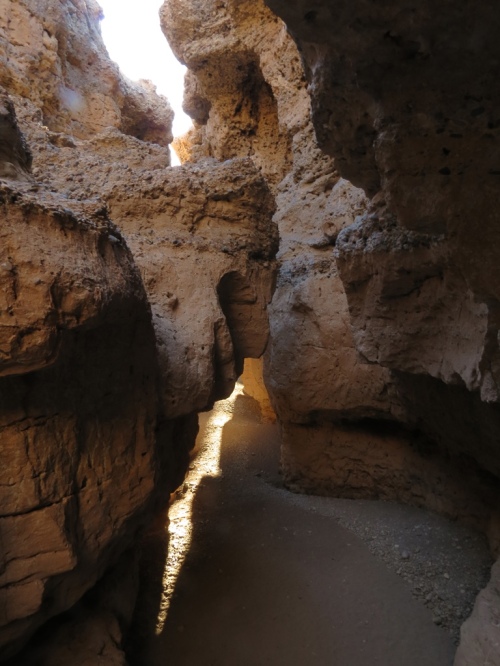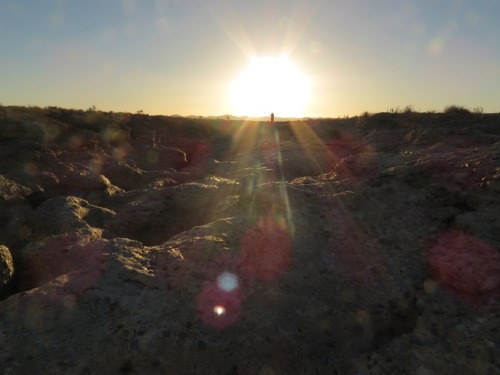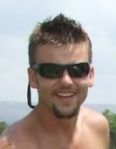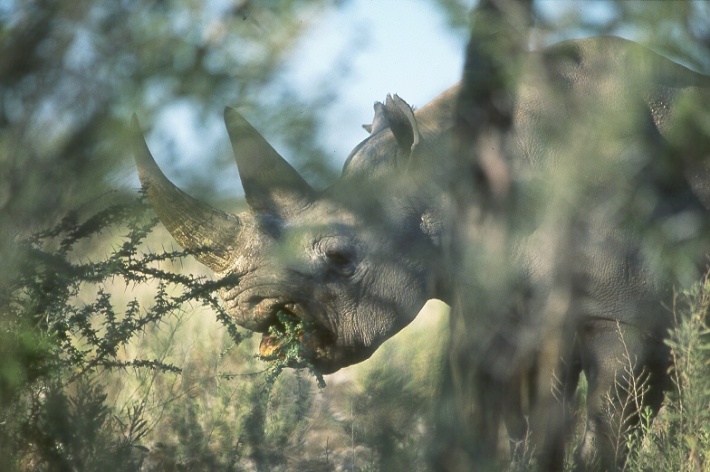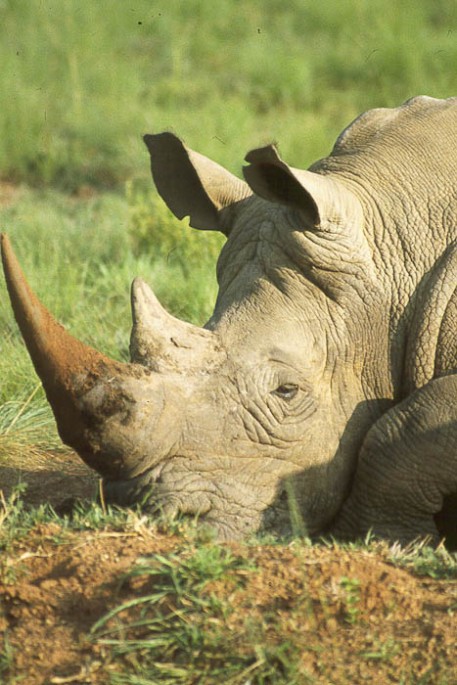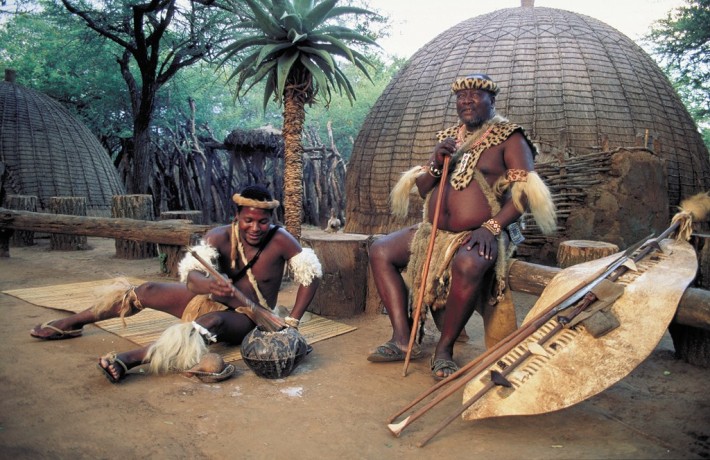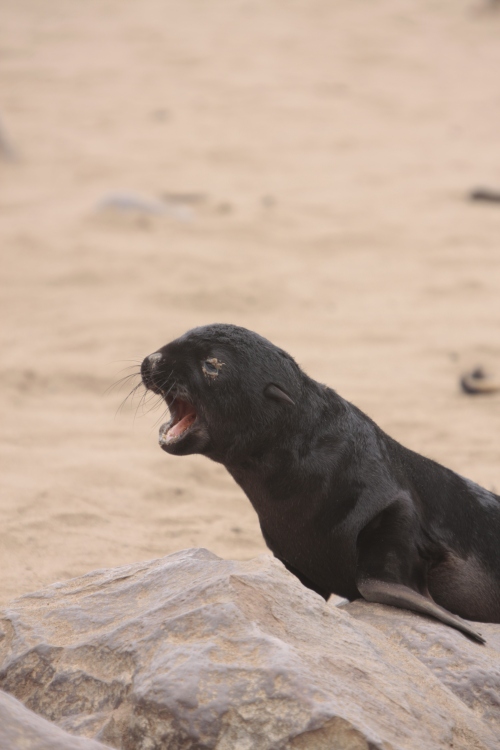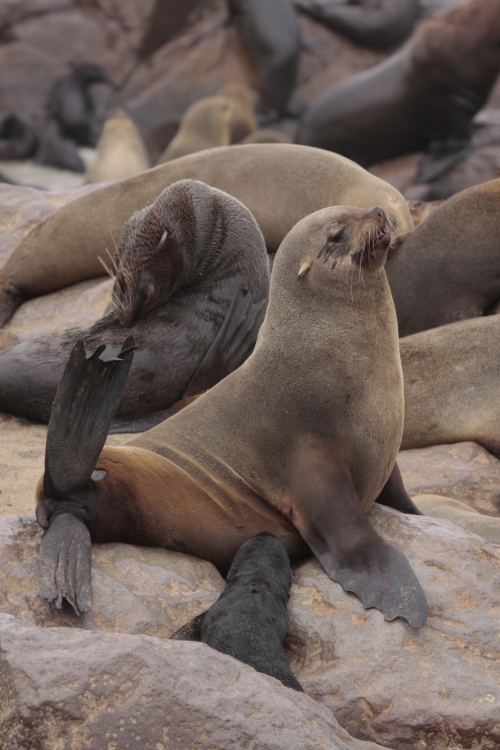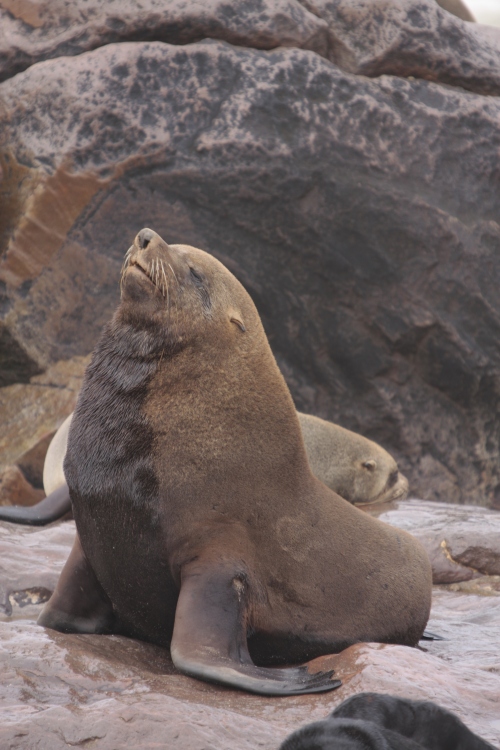We have a couple of new faces here at Sunway Safaris. This week we introduce you to Robert Swanepoel and Jayne Harley. Robert (Rob as he likes to be known as) is joining us as an HR Manager and Jayne has joined the ever growing marketing department at Sunway Safaris.
Here is a small introduction to both Robert and Jayne.
In rob’s words, “I was born in Zimbabwe, but grew up in Zululand. It was my parents who first got me interested in conservation, wildlife and the big outdoors. During my school years I was involved in our schools wildlife society. After school I decided to study Business Management but ended up working in Hospitality in various positions, one of these was a Soux Chef at a 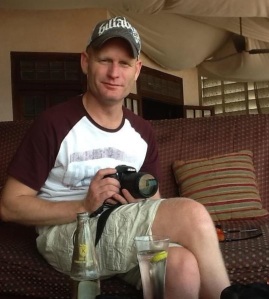 lodge in Zululand this was where I realized that been a guide was far more interesting than being in the kitchen. I left the kitchen to pursue a career in guiding and worked for my father who owned a small tour operator business. From there I got a job for a large safari operator in Johannesburg where I guided for 8 years and was eventually promoted to lodge manager at 2 separate lodges for about 2 years.
lodge in Zululand this was where I realized that been a guide was far more interesting than being in the kitchen. I left the kitchen to pursue a career in guiding and worked for my father who owned a small tour operator business. From there I got a job for a large safari operator in Johannesburg where I guided for 8 years and was eventually promoted to lodge manager at 2 separate lodges for about 2 years.
I then decided to leave the safari business and try my hand at corporate life after all I had studied business, after a couple of years I realized that this was not where my heart was and took the leap and resigned from the corporate world. In January 2014 I joined Sunway Safaris as HR Manager for the guides.
When not working I can be found mountain biking, fishing on the coast or following my other love of photography.”
This is what Jayne has to say
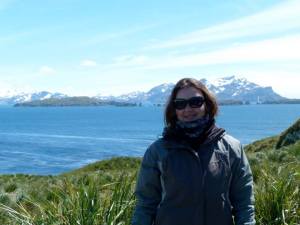 “ I am an adventure traveler at heart, love meeting new people, inherent nature lover, have an insatiable appetite for knowledge and the African bush is my soul food. My travelling adventure started as a child and was the driving force behind me becoming a tour guide, guiding through South Africa, Namibia, Botswana and Zimbabwe. I could not wait to get to know these countries more intimately and loved being able to share my passion and make the clients fall as deeply in love with Southern Africa as I am. After guiding I did a brief stint in London, I then came back to Johannesburg and entered the world of exhibitions. But, the travel industry has a certain allure and was calling me back! So I have followed my passion and returned home to the travel industry, only rather than on the road, through marketing. I spend my time with family and friends (home is where the heart is), planning my next travel adventure (close to home or abroad) and being as active as possible in a very busy Johannesburg. I am thrilled to be part of the Sunway Safari team!”
“ I am an adventure traveler at heart, love meeting new people, inherent nature lover, have an insatiable appetite for knowledge and the African bush is my soul food. My travelling adventure started as a child and was the driving force behind me becoming a tour guide, guiding through South Africa, Namibia, Botswana and Zimbabwe. I could not wait to get to know these countries more intimately and loved being able to share my passion and make the clients fall as deeply in love with Southern Africa as I am. After guiding I did a brief stint in London, I then came back to Johannesburg and entered the world of exhibitions. But, the travel industry has a certain allure and was calling me back! So I have followed my passion and returned home to the travel industry, only rather than on the road, through marketing. I spend my time with family and friends (home is where the heart is), planning my next travel adventure (close to home or abroad) and being as active as possible in a very busy Johannesburg. I am thrilled to be part of the Sunway Safari team!”

